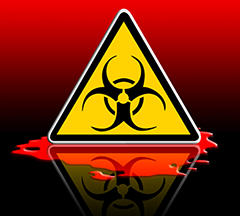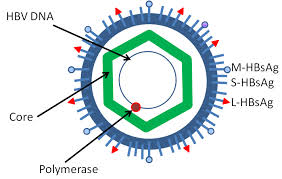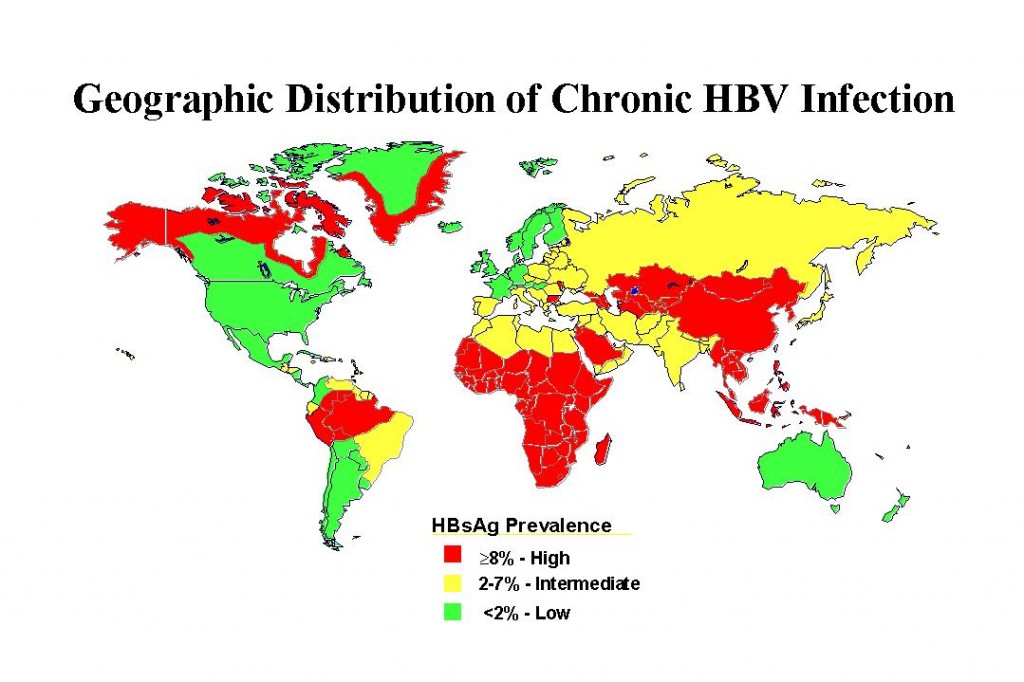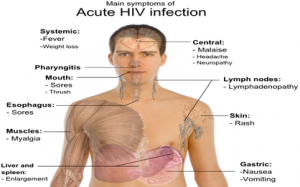Blood-Borne Pathogens
While there are multiple pathogenic organisms, including bacteria, viruses, fungi, and other more exotic organisms such as prions, that could potentially be transmitted from an infected person to uninfected people through blood contact, the term Blood-Borne Pathogens is most commonly used to refer to the “Big 3,” by which is meant Hepatitis B Virus (HBV), Hepatitis C Virus (HCV), and the Human Immunodeficiency Virus (HIV), recognized by all reputable medical authorities, as the virus that causes the disease known as Acquired Immune Deficiency Syndrome (AIDS). Controlling the potential spread of these infections due to the contamination of environmental surfaces with blood or other body fluids that can transmit the infections, through the thorough and complete destruction of the causative viruses is one of the backbones of effective infection control in institutions as well as in homes.
HIV Basics
Most people have some basic understand of what HIV is and how it is spread, but a brief refresher wouldn’t hurt most people. HIV is transmitted exclusively through blood, which is the most infectious body fluid, sexual body fluids such as semen and vaginal secretions, and breast milk. That’s it. There is not transmission through urine, unless contaminated with one of the above fluids, and there is absolutely no respiratory transmission. Transmission occurs exclusively through sexual contact, the sharing of drug injection equipment, and through mother-to-child contact before or during delivery. Transmission through blood transfusion has not occurred in this country since the late 1980s and ws not a major source of infection at any time. Maternal transmission can largely be eliminated through modern medical practice, leaving sexual contact and shared intravenous drug use equipment as the means by which most all new infections occur. Exhaustive and accurate information is available from many sources, but the Centers of Disease Control and Prevention (CDC) is a great starting resource.
Because of its limited means of transmission and because the virus is quite delicate outside of very specific environmental conditions, HIV is relatively hard to acquire, approximately 100 times more difficult to acquire than HBV for example. Environmental transmission has never been conclusively proven to occur and it is only marginally suspected in one case where transmission from an infected sibling to a previously uninfected sibling remains unexplained. However, due to the inherent unreliability of human self-report about behaviors, especially sexual and drug use behaviors, other explanations remain plausible and scientifically more likely than an environmental source. Regardless of the fact that environmental source transmission of HIV is unlikely, it remains important for peace of mind as well as to prevent there ever being a first proven case of environmental transmission to be certain that the disinfectant and cleaner that we use to clean potentially infected blood or body fluid contamination be exhaustively tested, certified, and Environmental Protection Agency (EPA) registered as effective against HIV.
Hepatitis B Virus
Hepatitis B (HBV) may be less well understood by many people than HIV infection, which is unfortunate since HBV remains a very real health risk in the United States and is even more common and deadly in other parts of the world, especially in developing nations. Approximately 5% of people in the United States will be exposed to and infected with HBV over the course of their lives, an extremely higher percentage than will ever encounter HIV. 


